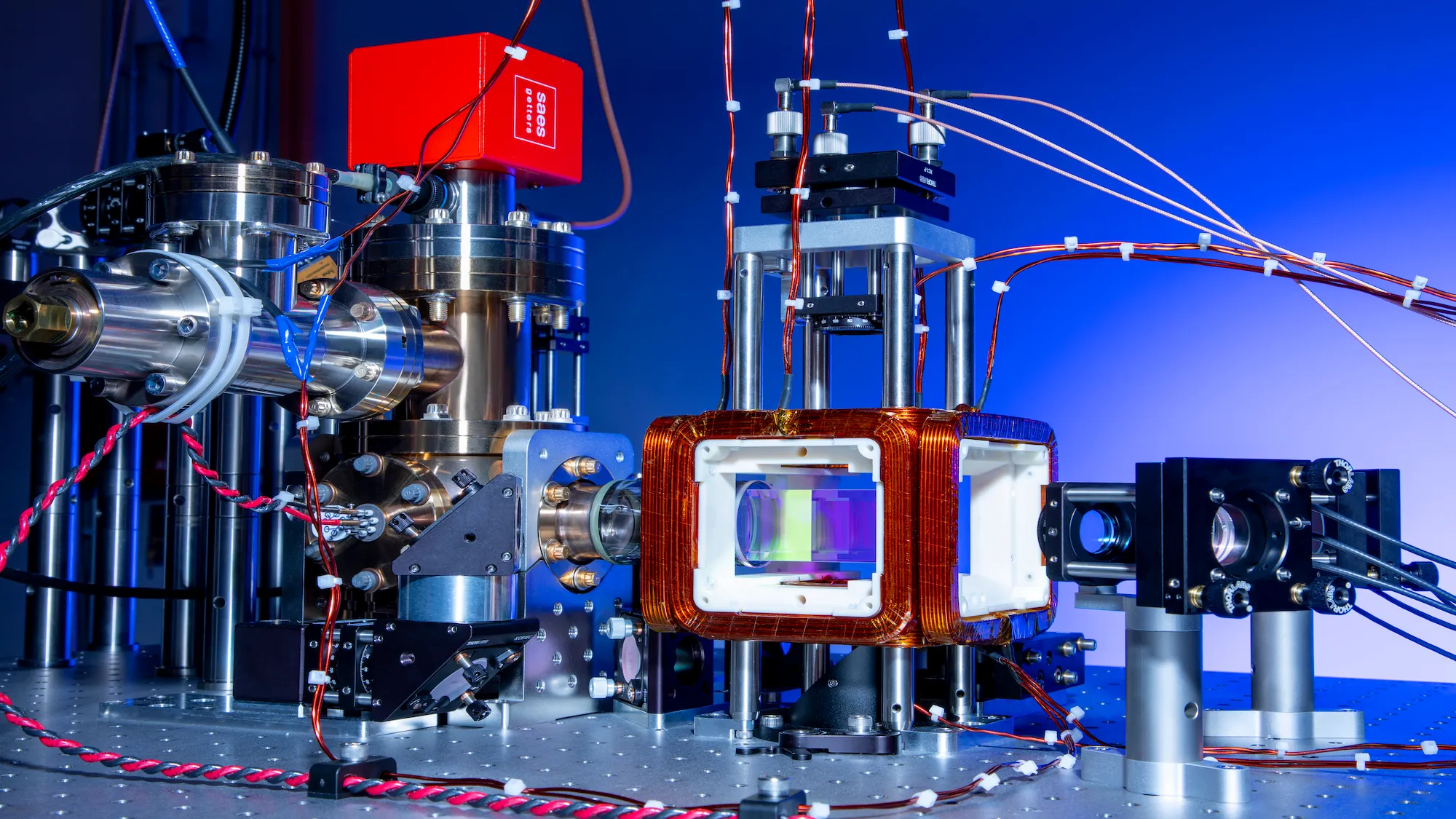

There’s a twist in the race to build a practical quantum computer. Several companies are betting that there’s a better way to create the basic unit of a quantum computer, the qubit, than the leading method being pursued by giants like IBM and Google.
To back up a moment to the fundamental design of quantum computers, think of qubits as the quantum equivalent of the binary bits contained in classical computers. But instead of storing either on-or-off states like bits (the famous 1 or 0), qubits store waveforms, which allows them to have a value of 1, 0, or a combination of the two. To exhibit these quantum properties, objects have to be either very small or very cold. In theory, this quality allows qubits to perform more complex calculations compared to bits. But in reality, the unique state that qubits attain is hard to maintain, and once the state is lost, so is the information carried in these qubits. So, how long qubits can stay in this quantum state currently sets the limit on the calculations that can be performed.
A frontrunner in the race to build a useful quantum computer is IBM, and its approach to these fundamental computing units is a contraption called superconducting qubits. This technique involves engineering small pieces of superconducting metals and insulators to create a material that behaves like an artificial atom in an ultra-cold environment (a more in-depth explanation is available here).
[Related: IBM’s latest quantum chip breaks the elusive 100-qubit barrier]
But for emerging companies like QuEra, Atom Computing, Pasqal, they’re looking to try something new, and build a quantum computer using neutral atoms, which has long been seen as a promising platform. A neutral atom is an atom that contains a balanced amount of positive and negative charges.
Previously, this approach has largely been tested by small companies and university laboratories, but that might soon start to change. Working with qubits made from neutral atoms may in some ways be easier than fabricating an artificial atom, experts told PopSci in 2021.

QuEra, for example, uses rubidium atoms as qubits. Rubidium appears on the periodic table as one of the alkaline metals, with the atomic number 37. To get the atom to carry quantum information, researchers will shine a laser at it to excite it to different energy levels. Two of these levels can be isolated, and labeled as the 0 and 1 values for the qubit. In their excited states, atoms can interact with other atoms close by. Lasers also act as “optical tweezers” for individual atoms, holding them in place and reducing their movement, which cools them down and makes them easier to work with. The company says that it can pack thousands of laser-trapped atoms in a square millimeter in flexible configurations. QuEra claims that they have at times achieved coherence times of more than 1 second (coherence time is how long the qubits retain their quantum properties). For comparison, the average coherence time for IBM’s quantum chips is around 300 microseconds.
“To assemble multiple qubits, physicists split a single laser beam into many, for example by passing it through a screen made of liquid crystals. This can create arrays of hundreds of tweezers, each trapping their own atom,” reported Nature. “One major advantage of the technique is that physicists can combine multiple types of tweezers, some of which can move around quickly — with the atoms they carry…This makes the technique more flexible than other platforms such as superconductors, in which each qubit can interact only with its direct neighbors on the chip.”
Already, peer-reviewed papers have been published, testing the possibilities of running a quantum algorithm on such a technology. A paper published in January in the journal Nature Physics even characterized the behavior of a neutral atom trapped in an optical tweezer.
Currently, QuEra is able to work with around 256 qubits and is offered as part of Amazon Web Services’ quantum computing service. According to an Amazon blog post, these neutral atom-based processors are suitable for “arranging atoms in graph patterns, and solving certain combinatorial optimization problems.”
Meanwhile, Atom Computing, which bases its qubits off the alkaline earth metal Strontium, uses a vacuum chamber, magnetic fields, and lasers to create its array. Its prototype has caught the eyes of the Pentagon’s DARPA research division, and it recently received funding as part of the agency’s Underexplored Systems for Utility-Scale Quantum Computing (US2QC) program.
Pasqal, another Paris-based quantum computing start-up, has also rallied quite a bit of capital behind this up-and-coming approach. Specifically, according to TechCrunch, it raised around €100M in late January to build out its neutral atom quantum computer.
